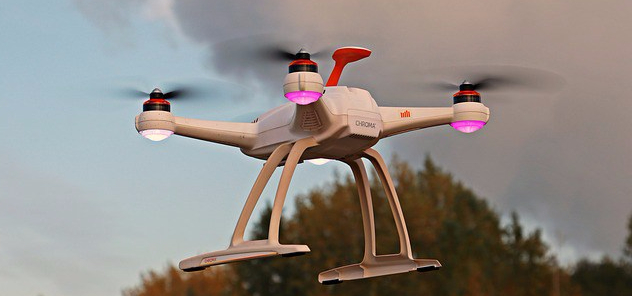Drones are on their way to becoming the preferred method of retail delivery and much more. Currently, however, the air technology can only be used in a few limited locations. Before they become ubiquitous, though, the Federal Aviation Administration (FAA) must assure that this way of delivery, that may weigh 50+ pounds, is safe for humans. (Not just for airplane safety, the FAA is responsible for the safety of U.S. airspace from the ground up.) Given their weight and their height of flight, head safety related to drones is of particular concern.
This has already been an issue this year. On February 24, 2017, for example, a Seattle man was sentenced to a $500 fine and 30-days in jail because his drone hit a woman, causing her to lose consciousness. However, current news also shows that drones can prove a benefit to those with a head injury. In St. Louis, Minnesota the sheriff’s office is testing drones so, ultimately, they, “can look for missing persons, or a child, or maybe someone [who] was injured in an accident and sustained a head injury and wandered off.”
Federal-sponsored drone tests are also revealing. At a government-approved test center at Virginia Tech, a drone is being tested again a crash-test dummy. In testing, “the 21-pound drone tilted forward, accelerated sharply and slammed into [the drone’s] head, smacking the crash-test dummy’s neck backward and embedding shards of shattered propeller in his plastic face.” Mark Black, director of the Virginia Tech drone test, asks, “When does the [head injury] threshold cross an unacceptable level?”
Although it is horrible to think of a head injury threshold, the Federal Aviation Administration knows that it can never make drones perfectly safe, just as airplanes will never be one hundred percent safe. However, does the proposed FAA rule saying that, “Drones would have to fly 20 feet above people’s heads, and have a 10-foot buffer space on all sides,” satisfy the safety rules enough?

